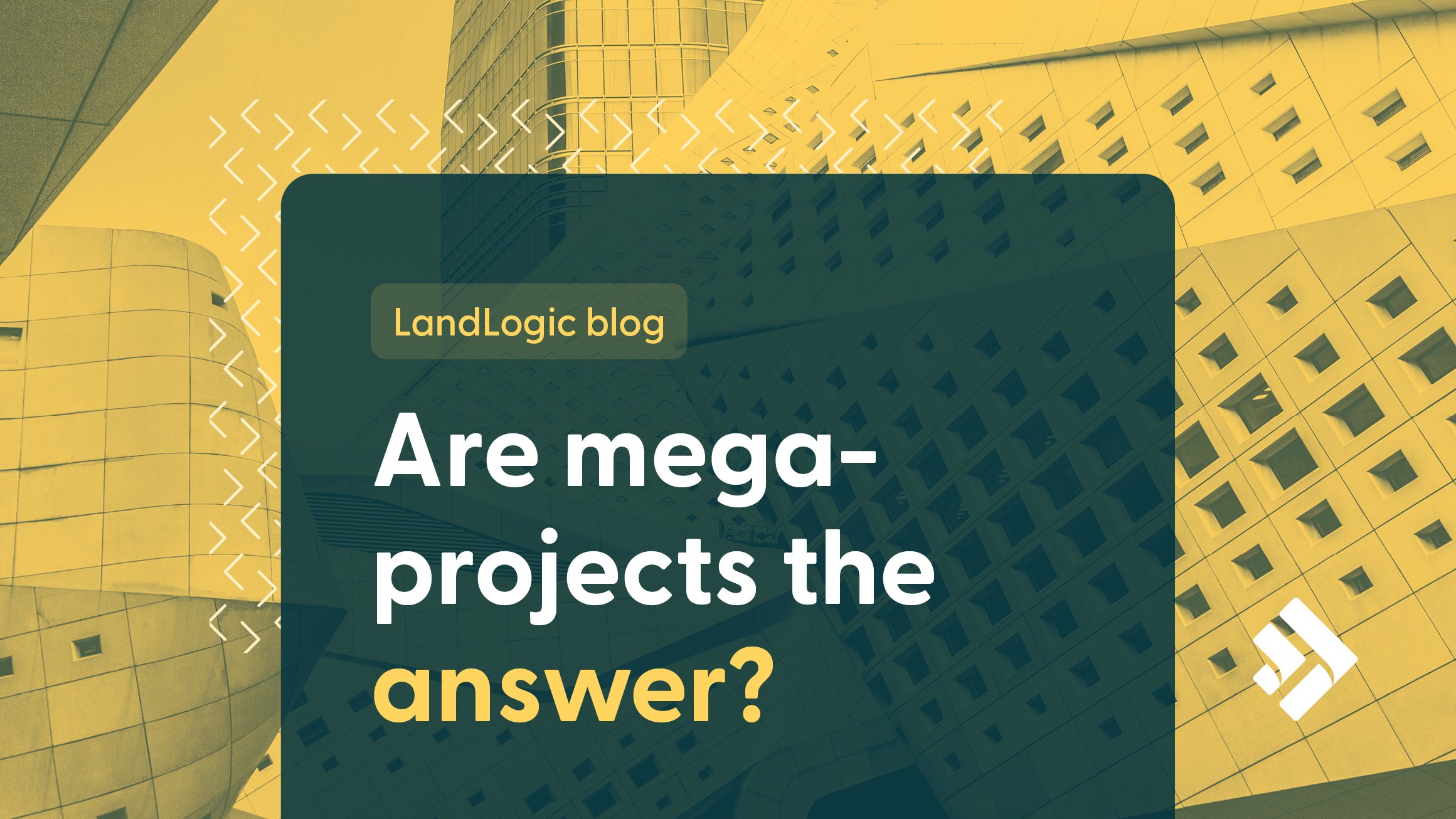Maybe you shouldn’t develop on a flood plain
This week I was struck by a CBC news article about a proposed development on a flood plain in London, ON, “Not a great idea to build a drive-thru on a flood plain, conservation authority says”. The situation with the proposed project underscores a critical aspect of land development: the importance of having comprehensive knowledge about a site before making any significant decisions. While I'm not privy to the specifics of this project or the reasons behind choosing this location, access to detailed, actionable data about a property's constraints and potential could significantly influence the outcome of such development projects.
In any land development endeavor, understanding the intricacies of the site is extremely important. Had the developers been equipped with early, in-depth insights into the flood zone status of the land, including environmental restrictions, and zoning laws, the decision-making process might have been markedly different.
Our goal with LandLogic is to provide developers with access to valuable information including land use constraints, offering a clearer picture of what can and cannot be done on a piece of land.
Knowledge is power in real estate transactions. Being aware of a property's flood plain status or other environmental constraints not only impacts the feasibility of development plans but could also provide significant negotiating leverage. Before purchasing land, developers could use this information to negotiate better terms, potentially lowering purchase prices to account for the additional development challenges and costs associated with such sites.
Developing on a flood plain or other environmentally sensitive areas requires a careful, informed approach. It requires navigating a maze of regulatory approvals, implementing flood mitigation strategies, and extensive community engagement. Developers need to assess whether the return on investment aligns with the additional work and whether alternative development strategies could better align their goals and the regulatory requirements.
Having a detailed understanding of a property before making any financial commitments can save developers from costly mistakes. A tool like LandLogic could provide crucial data, such as detailed zoning information, environmental constraints, ownership details, and jurisdictional clarity. This not only aids in site selection but also in strategic planning, ensuring that developers can make informed decisions that are congruent with what the community needs and their investment criteria and long-term goals.
Imagining a different scenario
Let's imagine a scenario where a developer considers a site like the McDonald's project in question. Before purchasing the land, they utilize the LandLogic platform to help conduct a comprehensive analysis, revealing its flood plain status alongside detailed zoning and environmental constraints. Equipped with this knowledge, the developer decides to negotiate a lower purchase price, reflecting the additional development costs and risks. Alternatively, they may choose a different site altogether, one that offers a more straightforward path to development without the need for extensive flood mitigation measures.
The case of the McDonald's development project reflects the critical need for comprehensive, upfront site analysis in the land development process.
We want LandLogic to empower developers with the data and insights necessary to make informed decisions, negotiate from a position of strength, and engage in development projects with a clear understanding of the challenges and opportunities ahead. LandLogic’s goal is to shine a light on the complexities of potential development sites, and help the development community deliver informed, sustainable land development practices that are good for the community.




















